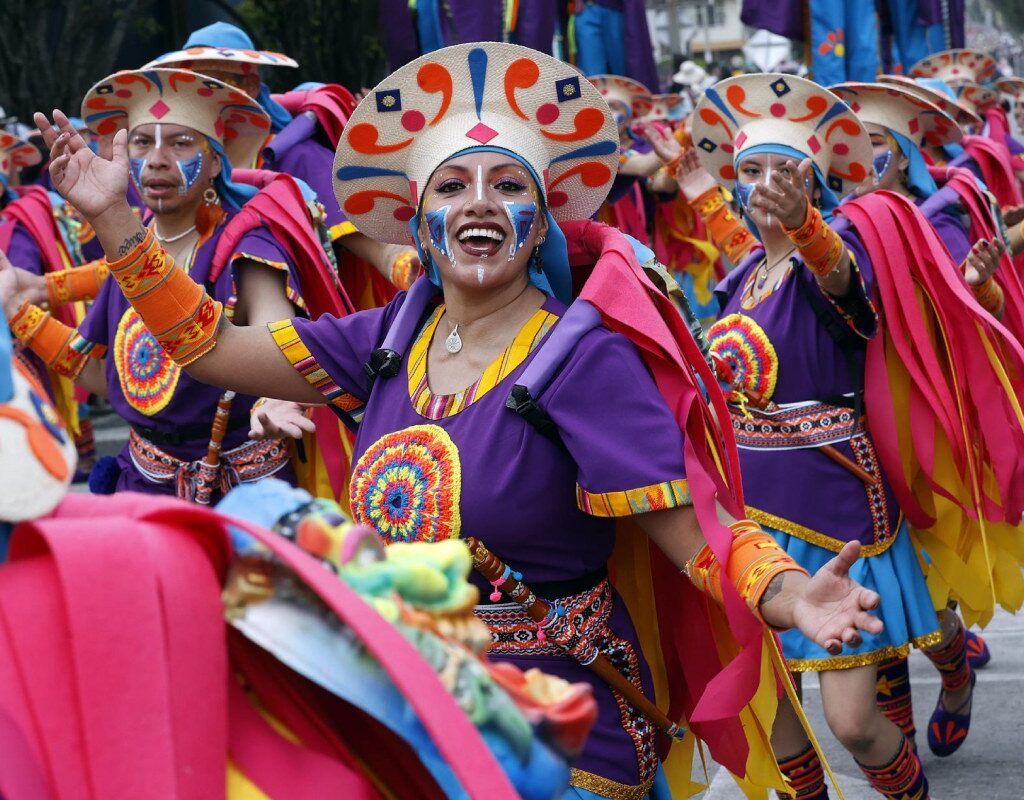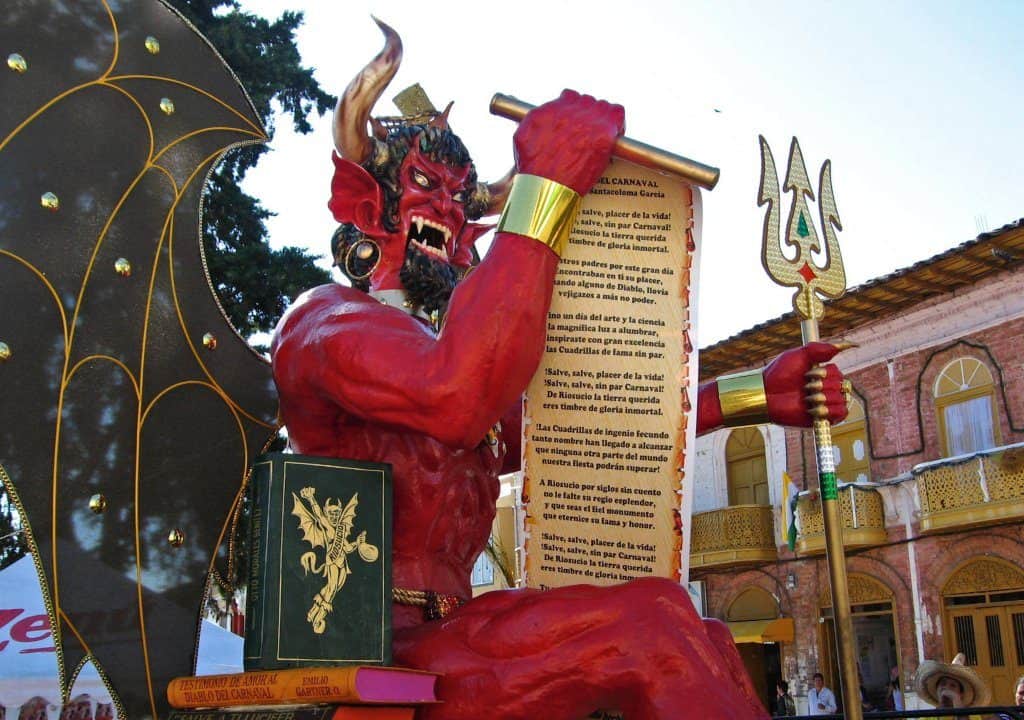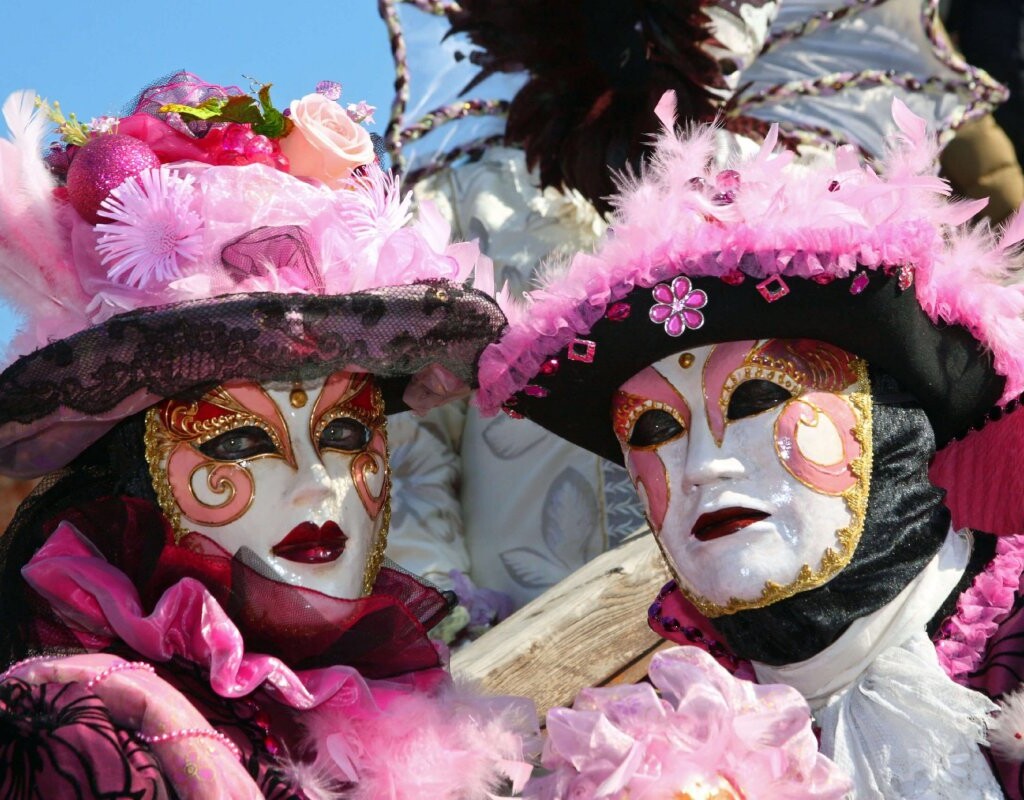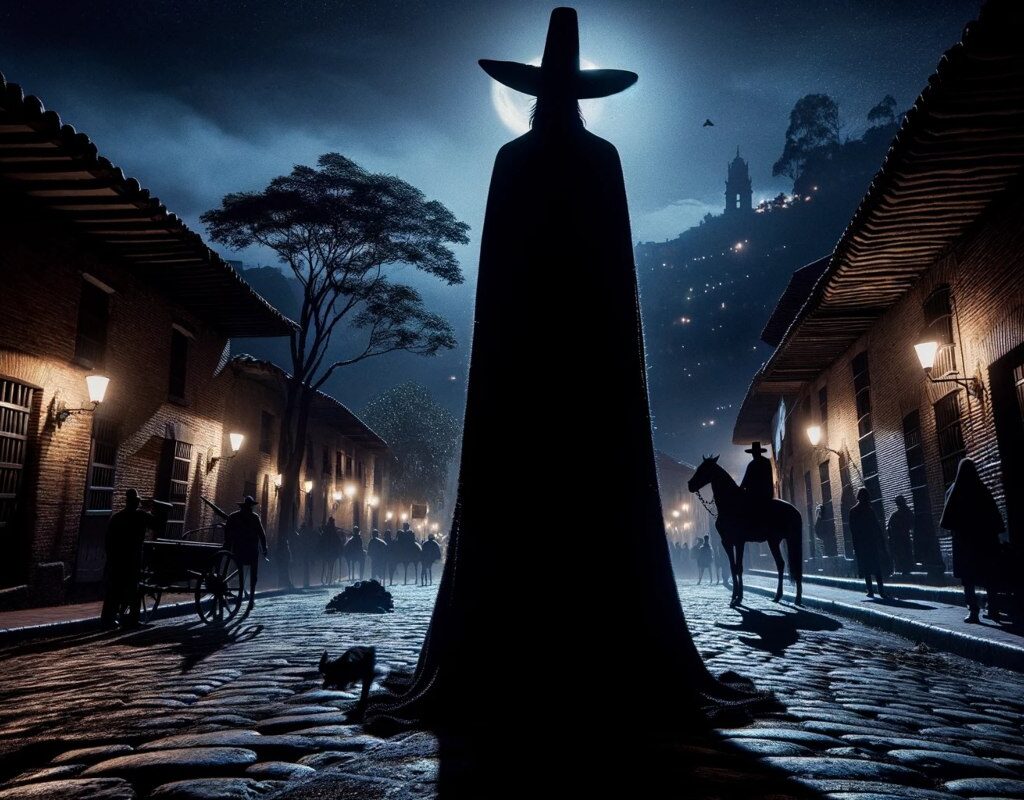The Blacks and Whites Carnival is not just a festival; it’s a living portrait of the rich history and culture of Nariño, where the city of Pasto becomes the epicenter of a celebration that encompasses tradition, art and community. Every year, from January 2 to January 7, this event captures the attention of both locals and tourists alike, inviting them to be part of a spectacle that transcends mere entertainment, becoming a true expression of cultural identity.
Historical Significance of Blacks and Whites Carnival Pasto
This carnival, recognized as an intangible cultural heritage of humanity since 2010, begins its prelude on December 28. Throughout these days, activities unfold that prepare the spirit of the attendees for the main days of the festival.
From water games to concerts and the traditional old years parade, everything is designed to unite the community in a celebration of their shared history and culture.
The event has its roots in the ancestral rituals of the indigenous Quillacinga and Pasto groups, who lived in the Atríz Valley on the high plateau of Nariño. These people offered tributes to entities such as the Moon, the Sun and Taita Urcunina (Galeras Volcano), asking for good harvests and new cycles of prosperity.
With the arrival of the Spanish, these rituals were blended with Christian elements, leading to a cultural fusion that today manifests in the carnival.
The festival also incorporates historical elements from the colonial era, such as the “asueto,” a free day granted to black slaves. This day transformed into the Day of the Blacks, a day of freedom and celebration that is essential to understand the essence of the current carnival.
Cultural Display at the Blacks and Whites Carnival
Each day of the carnival features a protagonist and a specific theme that guides the activities and celebrations. For example, the day of the colonies, celebrated on January 2, is a moment for various communities to showcase the richness of their traditions through parades and performances.
On January 3, children take center stage with the carnivalito, an event that allows them to express their love for local culture through art and imagination.
January 4 sees the Castañeda Family, a symbolic family composed of typical regional characters, making their way through the city evoking memories of ancient customs and ways of life through a colorful and meaningful procession. This event not only entertains but also educates the spectators about local traditions.
When January 5 arrives, the city bursts with energy during the blacks’ play and the following day, January 6, celebrates the day of the whites. This is the climax of the carnival, where the use of talcum powder, perfumes and streamers transforms the city into a magical space, full of color and joy.
Additionally, the celebration culminates in a festival that not only entertains but also strengthens community ties and boosts the local economy through art, music and crafts. This carnival serves as a platform for local artists and artisans to display their skills and sell their works, thus contributing to the economic dynamism of the region.
Meaning and Symbolism in the Blacks and Whites Carnival
One of the highlights of the carnival are the thematic days: the Day of the Blacks and the Day of the Whites.
The Day of the Blacks is celebrated on January 5, when people paint their faces black as an act of equality and a reminder of inclusion and mutual respect. This practice symbolizes the acceptance and blending of cultures. The following day, the Day of the Whites, participants use talc or foam to cover themselves in white, symbolizing peace and purity.
The parades and floats are a spectacle of creativity and art. Each float and costume carries intricate details that go beyond mere aesthetics; they are a representation of local legends, historical events and myths, all of which play a crucial role in the cultural narrative of the region.
On the other hand, the carnival is a time for the community to demonstrate cultural resilience and unity, reaffirming their identity within the broader context of Colombia. Each element of the Blacks and Whites Carnival is not just a visually impressive celebration, but also a profound testimony to the spirit and history of the people of Pasto.
The Richness of Symbols and Their Interpretation
During the carnival, participants adorn themselves with masks and costumes that evoke mythological figures, animals and historical characters, blending reality with fantasy.
This use of masks serves as a tool to explore and comment on social, political and cultural realities. Through this tradition, the citizens of Pasto and visitors have the opportunity to experience transformation and participate in a form of social theater where they can express their hopes, criticisms and dreams without restrictions.
The black and white game, conducted on January 5 and 6 respectively, is a particularly powerful example of this symbolism. Originally, these days allowed slaves and indigenous groups to reverse power roles, a practice that enabled a temporary liberation from the oppressive social structures of the colony.
Today, these games symbolize equality and fraternity among all participants, regardless of their ethnic or social background.
Art as a Vehicle for Tradition and Modernity
Artisans of Nariño play a crucial role in preserving traditional techniques while innovating within their art. Workshops buzz with activity months before the carnival, preparing the intricate pieces that will be displayed during the festivities.
These works are not only spectacular from a visual standpoint but also carry local stories and legends, passed down from generation to generation.
Each piece of art created for the carnival is a narrative in itself, reflecting aspects of daily life, history and myths of the region. This creative process is essential for the transmission of knowledge and cultural values, making the carnival an educational event as well as entertaining.
Social Impact of the Carnival
Besides being an artistic expression, the Blacks and Whites Carnival has a significant social impact. It fosters unity and social cohesion by bringing together people from all walks of life in an atmosphere of celebration and mutual respect.
It is also an opportunity for the youth to learn about their culture and history, ensuring that traditions remain alive and relevant.
The Carnival not only celebrates the cultural diversity of Pasto but also promotes a message of inclusion and respect for all cultures, which is crucial in an increasingly globalized and diverse world.
Economic and Touristic Impact of the Blacks and Whites Carnival
The Blacks and Whites Carnival is essential for the economy and tourism in Pasto and the entire Nariño region.
The arrival of visitors translates into a significant increase in income for the city. During the carnival, hotels, restaurants and other local businesses see a great boost in their activities. Additionally, this festival is an excellent opportunity for artisans and merchants to showcase and sell their products, thereby significantly boosting the local economy.
Promoting Tourism and Economic Benefits
The carnival’s tourist impact is immense. Hotels, restaurants and other local businesses experience a considerable increase in their services during the event. This influx of tourists not only benefits large establishments; small entrepreneurs also take advantage of the festivities to sell traditional food, crafts and souvenirs.
Adding to this, the festival provides temporary employment for numerous artists, technicians and workers in sectors such as security, cleaning and event organization. This employment is vital for many local families and promotes skill development and professionalization in various trades.
Promoting Local Culture on a Global Stage
The inclusion of the Blacks and Whites Carnival in UNESCO’s list of Intangible Cultural Heritage of Humanity has elevated its international profile, attracting even more attention and visitors from around the world. This designation emphasizes the importance of the festivity not only for Colombia but for global cultural heritage.
International recognition helps promote a positive image of Pasto and Colombia in general, countering negative stereotypes and highlighting the cultural richness and hospitality of its people.
Furthermore, it inspires other cultural events in Colombia to aspire to similar recognition, which can lead to greater preservation and appreciation of cultural traditions throughout the country.
Challenges and Opportunities for the Future
Despite the economic and cultural benefits, the Carnival faces challenges such as the need for improved infrastructure to handle the large number of visitors and the importance of implementing sustainable practices to ensure that the environmental impact of the event is minimal. Moreover, it is crucial to balance commercialization with the preservation of the authenticity of the festivity.
Looking ahead, there is an opportunity to use technology and digital platforms to further promote the Carnival and facilitate participation for those who cannot attend in person. This could not only increase the event’s reach but also foster a broader and more enriching cultural dialogue globally.
The Blacks and Whites Carnival in Pasto stands as a testament to cultural resilience and unity. This annual celebration extends far beyond entertainment, serving as a platform for education, economic growth and a deeper appreciation of Colombia’s rich heritage.




